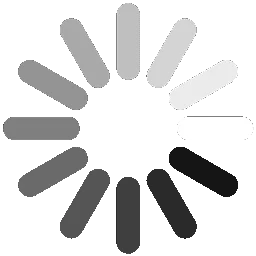Introduction of Master of Technology (M.Tech.) in Computer Applications
M.Tech. Computer Applications is a postgraduate degree programme in computer applications. A computer application is a programme that uses a computer to solve a problem or complete a task for a user. It is a specialist course in computer engineering and application. The students who are interested in computer applications can apply for this engineering course. Computer Architecture, System Design, AI System, Cloud Computing, Data Structures and Algorithms, Soft Computing, Image Access, and VLSI are some of the basic concepts covered during the course.
Sales order processing can be a good option. Inventory control and payroll are examples of frequent commercial computer applications. This course also covers computer languages such as C++, C, Java, and others. The course lasts two years and is divided into four semesters, with some electives thrown in.
Eligibility Criteria of Master of Technology in Computer Applications
- B.Sc./B.E./B.Tech. in relevant topic with CGPA of 60% or higher.
- For admission, certain reputable universities and colleges hold an entrance examination.
- According to the Government of India, reserved category applicants get a 5% relaxation.
Benefits of Master of Technology (M.Tech.) in Computer Applications
The course will benefit them by giving them a good alternative for other degree programmes in their particular fields, such as M.Phil. and Ph.D., which will allow them to do more research. The course gets designed to prepare young minds for the demanding prospects in the IT sector by instilling in them a global awareness that is anchored in Indian soil and nurtured and supported by industry experts. They can work as private teachers and lecturers based on their educational qualifications or go for permanent jobs after passing required degrees (B.Ed. & UGC-NET). After completing their degree programme, they can work in industries such as telecommunications, aerospace, defense, and financial services. Applicants might work in industries that design or use computer-based systems as programmers and E-commerce professionals. The average compensation paid in primary schools' placement drives ranges from INR 5,00000 to 10,00000.
Scope of Master of Technology in Computer Applications
- Candidates should be knowledgeable about learning techniques for selecting and implementing appropriate training/instructional methods and processes when learning or teaching new skills. They must also have the ability to manage human resources, including motivating, developing, and guiding employees while on the job and identifying the best people for the position.
- Students who intend to pursue further research studies and work as a lecturer/professor part-time or full-time are also acceptable for the programme.
- In the current economy, the average pay in the IT profession is higher than in any other field. Private companies like Microsoft, Google, Adobe, Dell, Infosys, and Tata Industries are top recruiters.
- Computer engineers are also in demand in the government sector to help create the Digital India programme. Software developer, AI developer, IT specialist, Software programme officer, and more career titles are available to Computer Engineering postgraduates.
Career Aspects after Master of Technology in Computer Applications
- Universities and Colleges
- Companies that make computers
- Companies that develop software
- Companies that design and develop computer hardware systems
- Companies that deal with computer networking
Job Prospects after Master of Technology (M.Tech.) in Computer Applications
- Database Administrator
- Computer Scientist
- Junior Programmer
- Information Systems Manager
- Commercial & Industrial Designer Project Leader
- Systems Administrator
- Computer Support Service Specialist
- Software Engineer
- Programmer
- Chief Information Officer
- Software Developer Computer
- Presentation Specialist
- Consultant Software Publisher
- Director of Information Technology
- EDP Computer Operators
- Disaster Recovery Planners.
 2 Years
2 Years
 Post Graduate
Post Graduate
 Engineering
Engineering
 Full Time
Full Time

 back
back